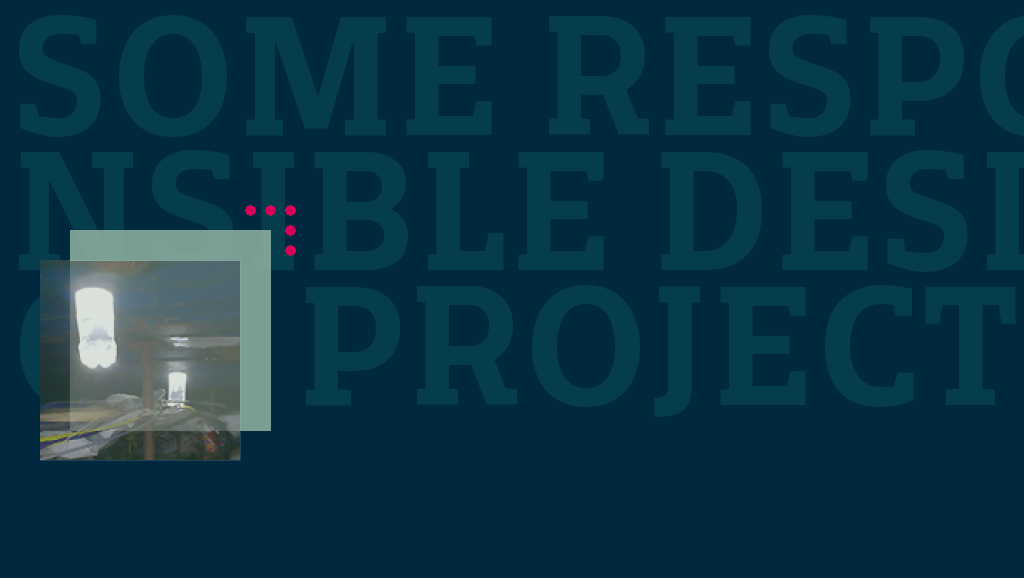In this post I would like to point readers towards some interesting design projects that I have come across during my online research and my travels around the US and Europe.
The Massachusetts General Hospital has a newly opened museum, and on display is an incubator made from car parts.
One of the most serious issues with using medical equipment in the developing world is breakage. Some statistics state that the average life of a large piece of machinery in developing regions is about 5 years, and hospitals typically have stockpiles of broken machinery that they cannot use.
The problem is availability of spare parts. In some cases machines are taken out of service for minor problems, even fuse replacement, because the distribution network required to get the part does not service that area.
In Cambridge Massachusetts the research group Design that Matters has produced a prototype of a baby incubator for use in such situations. The machine has all of the necessary functions of the most expensive incubators, but is built using car parts.
The logic behind the design is that cars are found everywhere, and in many cases they are the only things that get regularly repaired. As a result parts are readily available, both formal and informal networks serving even the most remote areas, and this makes the machine easier to maintain and more durable.
The incubator is heated using a pair of car headlights placed under the mattress, the temperature gauge is a car standard, as is the wiring loom and the air intake and filters. The alarm is a door bell and the emergency lights are direction turning indicators. If power is lost a motorbike battery takes over and it can even be run from jump leads.
Unfortunately the project seems to still be at prototype stage.
Another interesting project has just won the Microsoft Imagine Cup. A group of students based in Ukraine calling themselves the Quad Squad have designed a pair of gloves that are able to convert sign language into sounded speech.
The gloves are called Enable Talk, and are fitted with sensors that can read letters in sign language. Software then interprets the signs and produces the spoken sound using mobile phone technology. See this article on the Time News Feed website for a description.
The designers hope that their product will enable communication between sign language users and people who cannot read sign. The gloves have small solar panels fitted so they can recharge themselves while in use.
The current prototype can presently only recognize letters and not symbols for words, but all agree that the product is definitely a step in the right direction, and the construction costs are well below those of previous prototypes and related products (approximately $75).
One such related product is already on the market. Accelagloves use a mixture of sensors, software and a video camera attached to your computer to teach the signing of letters. They cost $300 (including software) and are available from the Institute for Disabilities Research and Training who worked on their development. The addition of a camera on the glove means that symbols can also be read, as the position of the hand in relation to the body also carries meaning for sign symbols.
The gloves are not only designed as a learning tool however, but also as a computer input facility as communication between gloves and computer is two-way. Not only do they teach the symbols but they allow the user to input data through sign language, an important capability in cases where visual and audio contact is not possible (in emergency rescue situations for example).
Another interesting project is called the Liter of Light and run by the MyShelter Foundation. The Foundation was established by Illac Diaz, a Filipino student, to create a system of sustainability and reliability through its capability-building and employment-generating projects.
Its latest project is the Liter of Light and the aim is to light up 1 million homes in the Philippines and throughout the world using nothing more than plastic bottles, water and bleach, the Solar Bottle as it is known.
The system was developed by students at MIT, and is remarkably simple. A plastic bottle is filled with water and bleach (to keep the water clean) and then fitted into a hole in the roof of the house. The sunlight is reflected indoors and the device gives off as much light at a 60 Watt light bulb, but without consuming electricity orMyShelter, heating up.
The website offers a downloadable PDF and a video (see below) showing how to make a bottle and various to participate including fund-raising and donation.
—————–
(Photo: Litre of Light by Joimson from Flickr)
















